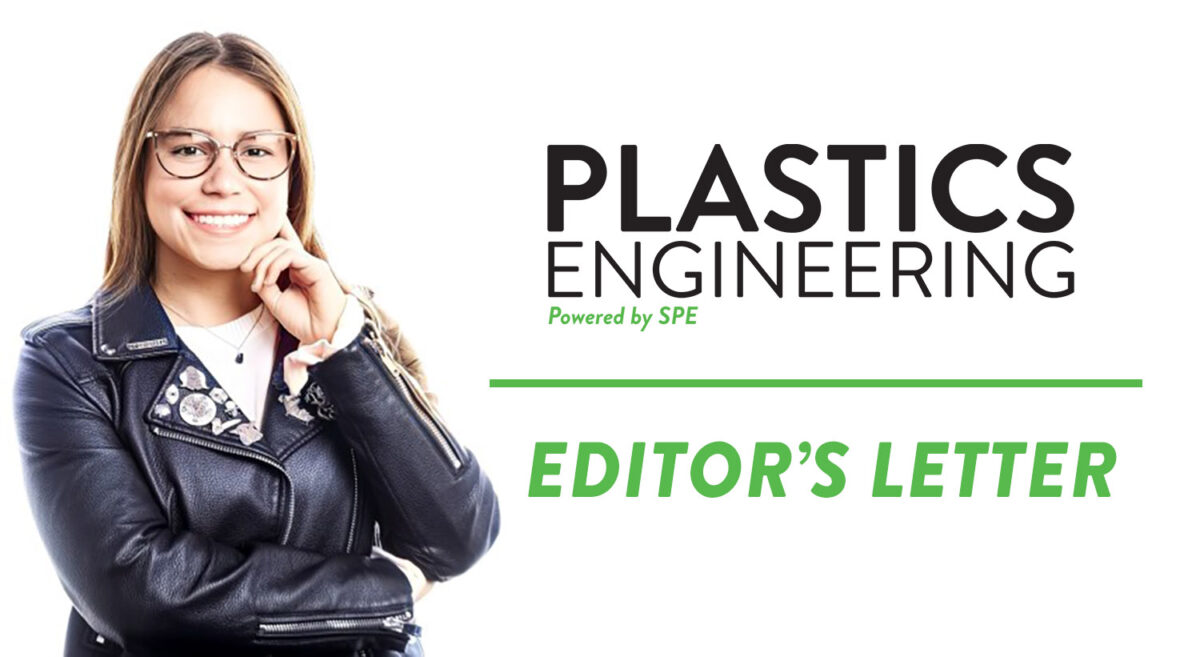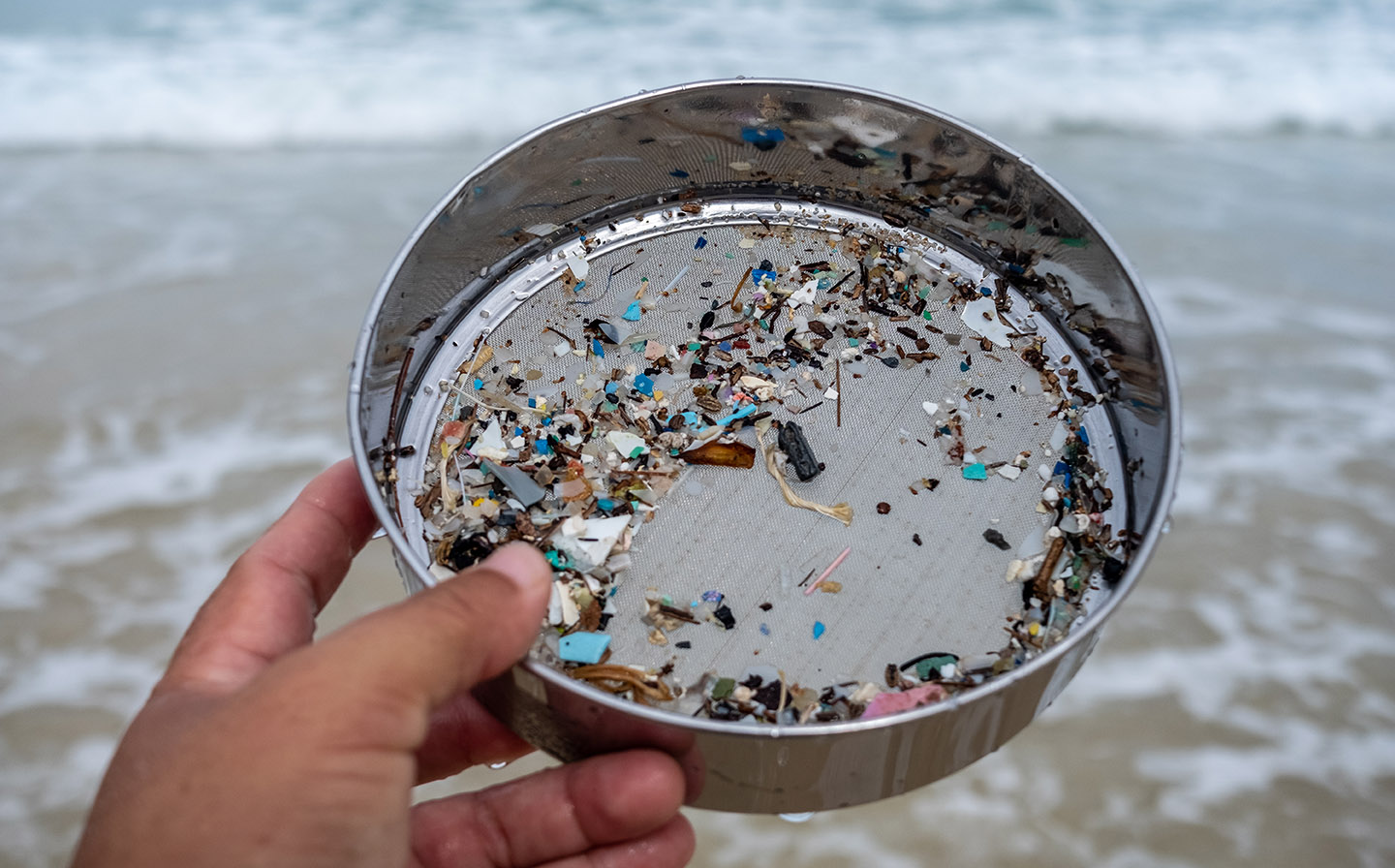Editor’s Letter: Navigating Misinterpretation, Nanoplastics in Bottled Water

As scientists, we must look for the truth, but sometimes this truth can be interpreted differently depending on how our investigation scope was developed. I think this is the case of the recent study that found hundreds of thousands of nanoplastics in bottled water.
What are micro and nanoplastics?
Microplastics and nanoplastics are minute particles derived from the degradation of larger plastic items or intentionally manufactured at a microscopic scale, posing a pervasive environmental challenge. These particles infiltrate ecosystems, including oceans, soil, and air, raising concerns about their impact on wildlife and human health.

In 2020, global plastic production reached 367 million metric tons, generating 29.1 Mt of plastic waste, according to PlasticsEurope. Also, it is reported that 9% of plastic waste was recycled, 12% incinerated, and the remaining disposed of in landfills or the environment.
As Gambino et al. mention in their paper “Occurrence of Microplastics in Tap and Bottled Water: Current Knowledge”, within the environment, plastic waste undergoes both biotic (microbial biodegradation) and abiotic degradation (photodegradation from UV exposure or weathering degradation due to waves and winds). These processes result in the formation of smaller plastic fragments, categorized as microplastics (MPs), defined as particles < 5 mm in length. While there are no official lower limits for MPs it is suggested a lower size limit of 1 μm, designating plastic particles smaller than 1 μm as nano plastics (NPs).
Ecotoxicity, a main concern
The main evidence concerning the toxicity of MPs has resulted from studies carried out with animal models and in vitro experiments on human cells. They suggest the possible hazards due to these particles when they are ingested by humans.
Studies on toxicity due to the polymeric composition of MPs (microplastics)
There are size-related effects reported in the literature that may influence the uptake across the epithelium and the translocation within the organisms into the lymphatic and circulatory systems.
As illustrated in mouse models, the extended retention of particles in liver tissues and the resulting chronic inflammation may contribute to the development of liver disease and metabolic issues. Similarly, the accumulation in lung tissues could potentially lead to chronic pulmonary disorders. Additional effects might be linked to the chemical composition of microplastics (MPs), including the presence of compounds considered biologically and toxicologically relevant to humans
Due to their tiny size, they escape water treatment processes so they can be detected in all water environments, including those used for drinking purposes.
You can also read: Fluoropolymers Lifecycle and PFAS contamination
How can a scientific scope be interpreted?
As the media published articles based on the recent study about nanoplastics in bottled water, the non-scientific community started to raise their concerns, more than ever, about plastics and toxicity. This has led them to believe that nanoplastics are exclusive of bottled water, or even worse, they now think that nanoplastics come from the bottle that contains the water itself.
This is a direct consequence of the investigation’s scientific scope in which they only analyzed bottled water to prototype real-life water as they mentioned in their paper: “Equipped with this platform, we then studied micro-nano plastics in daily consumed bottled water as a prototype of a real-life sample”. Keeping the scope just to bottled water and not including tap water in it, like other studies, for example: “Occurrence of Microplastics in Tap and Bottled Water: Current Knowledge”.
Microplastics are in the drinking water
Studies have shown the persistence of microplastics in different environments, as well as drinking water (bottled and tap). This suggests that if this rapid single-particle chemical imaging of nanoplastics is performed in drinking water, not only bottled, the results are highly probable to be the same. Scientists would find nanoplastics in glass-bottled water, tap water, sodas, juices, and any product using drinking water.
On the other hand, it is known that the bast majority of microplastics come from city dust (10-20%), vehicle tires (10-20%), and synthetic clothing (50-75%) according to the First Sentier MUFG Sustainable Investment Institute calculations. Leaving behind other sources like marine coatings, plastic pellets, personal care products, and road making which represent in total of less than 10%. Additionally, recent studies also suggest that PVC pipes would contribute to these numbers in drinking water. In this sense, nanoplastics in bottled water do not come from the packaging itself but they travel through waterways until they reach the drinking water.
Scientists Responsibility
Scientists bear a profound responsibility in meticulously planning the scopes of their investigations, particularly when the outcomes may be disseminated to a non-scientific community. This accountability becomes even more pronounced when delving into crucial subjects such as water contamination. This statement is not a critique of the researchers involved but rather a collective reminder within the scientific community regarding the potential challenges associated with conveying intricate findings to a broader public. Raising awareness about the importance of thoughtful consideration in study design can contribute to more accurate, comprehensible, and responsibly communicated scientific information, fostering a better understanding among diverse audiences.

In addition, I think that sensationalism in science has been growing in recent years, due to the fact that many scientists think that every new piece of knowledge should change the world, and that leads some scientists to overestimate their work. So, we found some papers that say something like “We found a proof of a new universe” and the paper talked about a computer simulation of a new algorithm.